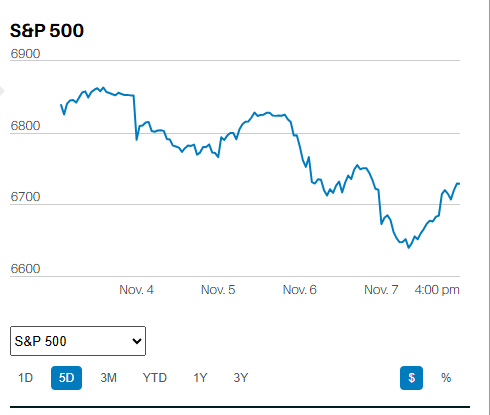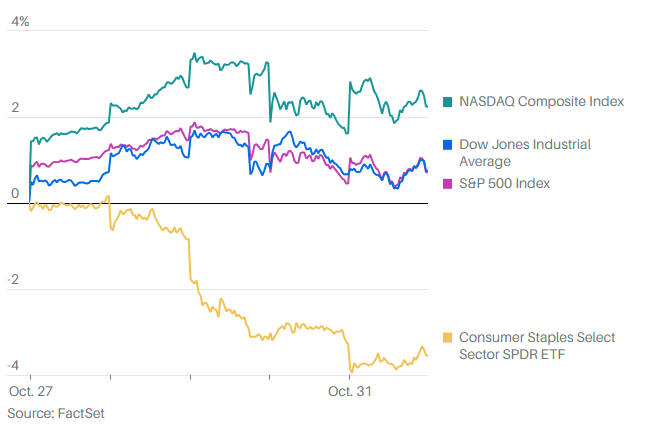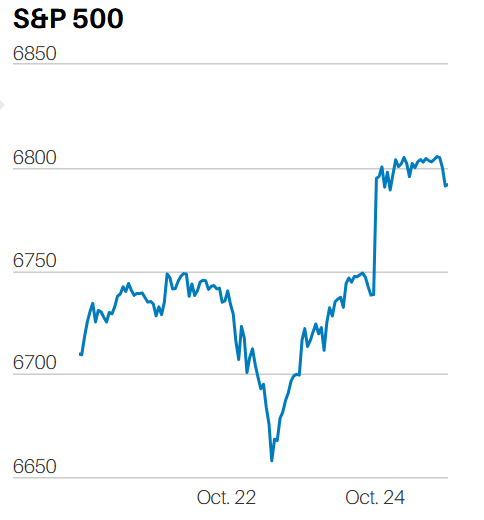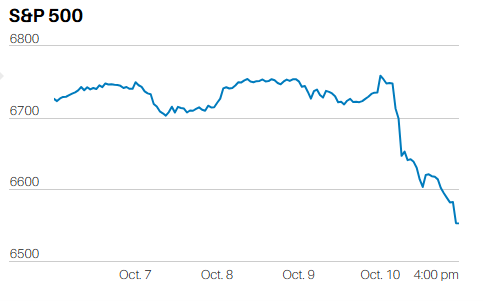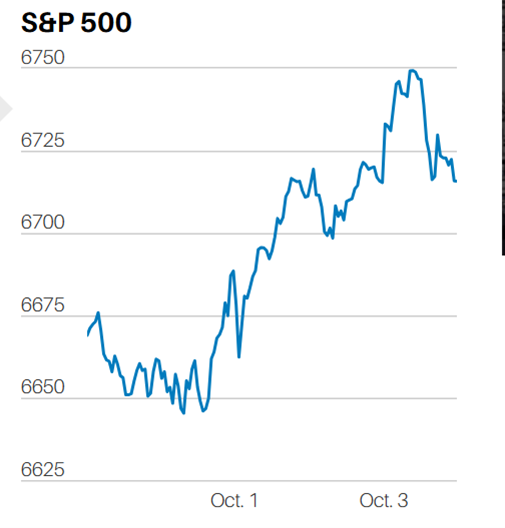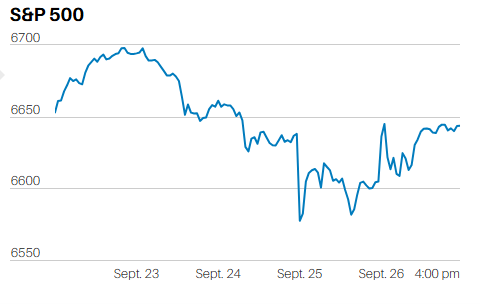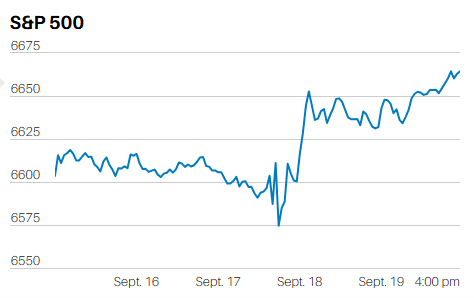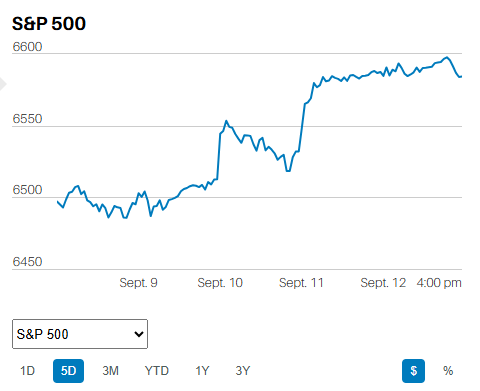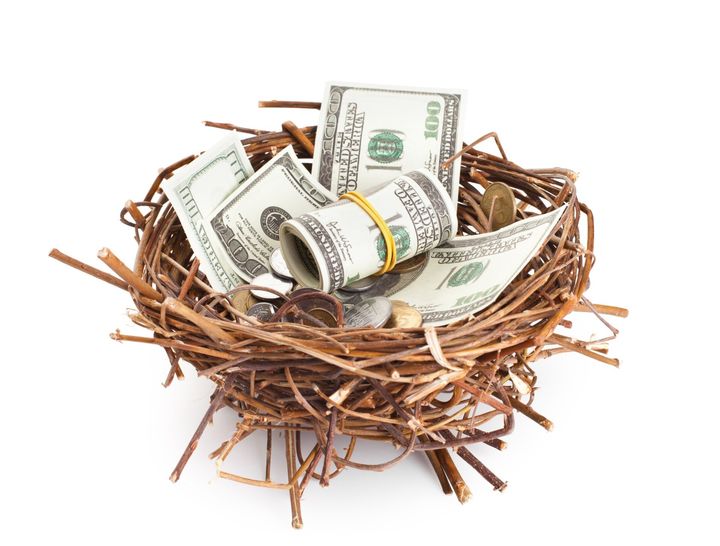
Is it better to pay taxes now, or pay taxes later? A great question with an uncertain answer. What tax bracket are you in now? What tax bracket will you be in once you’re retired? What will the tax brackets BE when you retire? Tax uncertainty is an economic term, which means “We don’t know what the future holds for income tax levels.” Historically, income tax levels have moved higher and lower without any evidence that anyone has the ability to predict direction or magnitude.
But that doesn’t mean we can’t plan.
Traditional qualified contributions, either 401(k) or IRA, shield a portion of your income from taxes. It’s as if the earned income isn’t earned at all, yet you receive the money into your qualified account and are able to invest it. Importantly, you’re able to invest your money AND the government’s money (the taxes owed). The ability to earn money with the government’s money has economic value, and that economic value grows with time as you earn additional money with the government’s money year after year after year. Even better, you earn money on the money you earned the prior year as well! It’s called compounding, and compounding leads to some pretty big numbers 20 and 30 years out. However, taxes must eventually be paid. Distributions from a traditional IRA or 401(k) are taxed as earned income. Furthermore, the government forces you to take distributions once you turn 70 ½ because they do want those taxes you’ve owed them for all of those years. Still, the ability to defer payment on those taxes for 20, 30, even 40 years leaves you with substantially more than you’d otherwise have had you paid taxes in the year you originally earned the income.
Roth contributions into an IRA or 401(k) are made on an after-tax basis. You receive no deferral and no benefit on your tax return in the year of the contribution. However, the money grows tax-free – just like in a traditional qualified account – and, crucially, you don’t have to pay taxes on the distributions you take in retirement. As long as the Roth has been open for at least five years, and you’re at least 59 ½, then you can take tax free distributions of earnings. Importantly, you can take distributions of contributions at any time without any waiting period or penalties.
So, traditional or Roth contributions – which is better? Well, we can’t really know for sure because it depends both on future tax rates and also on how much you earn on the government’s money - the money you didn’t pay in taxes due to a pre-tax deferral. Of course, we can assign probabilities to certain outcomes. For instance, it is likely that most people will be in a lower tax bracket in retirement than during their earning years – that’s one for pre-tax deferrals. On the other hand, it’s quite likely that tax rates are going up over the next 20 to 30 years due to the large and growing debt burden in the United States. At some point, spending will have to grow more slowly and/or taxes will have to rise – that’s one for Roth deferrals.
Tax uncertainty would argue for making both traditional and Roth deferrals, resulting in two buckets of money in retirement, and giving you the ability to manage your taxes in retirement. Economists recognize that having choices creates additional value for consumers in an economy. Likewise, having the ability to choose whether to take tax-free distributions or taxable distributions has value too. Seek the advice of a financial advisor to determine what’s best for you.
